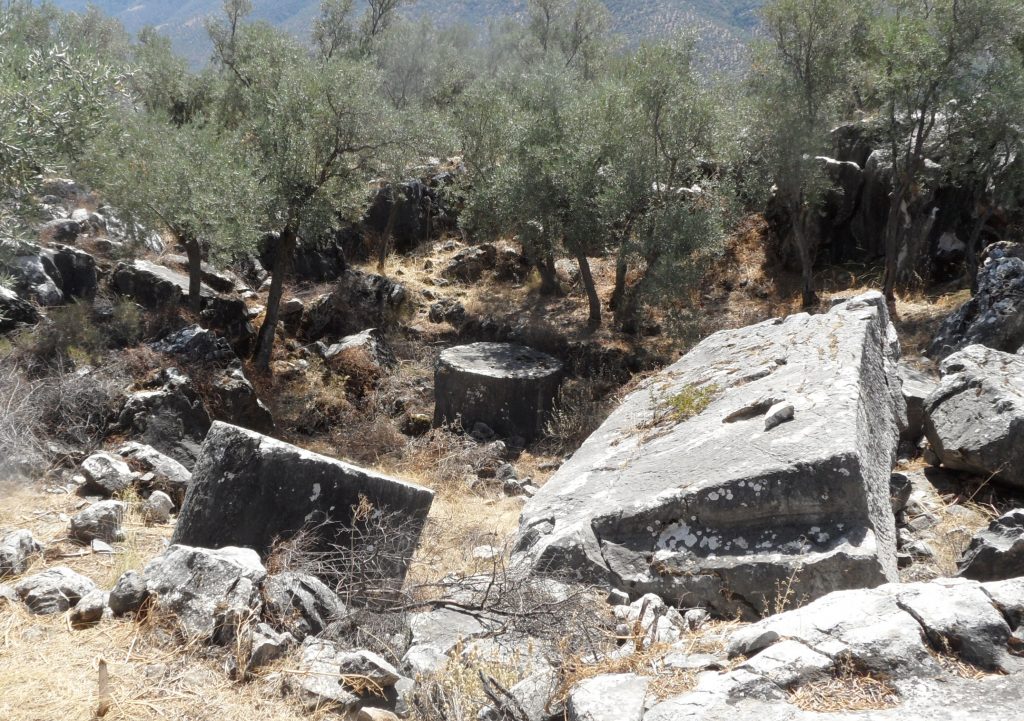Labraunda is an ancient sanctuary in Karia close to the western coast in Anatolia, Turkey. It is situated on a high mountain in the vicinity of the modern city of Milas, ancient Mylasa. Its history goes back to the Hekatomnid period around 700 BC, but the main buildings belong to the vast building program of Maussollos and his brother Idrieus. There was a second period of large constructions in the Roman era, and to the last phase belong early Christian churches. White marble was used to embellish the buildings, and there are large amounts of architectural elements and statue bases at the site. The present project, which regards the marbles used during this long period, was an extension of the marble conservation project at the site.
What kinds of white marble were used at Labraunda? That was the main question which led to my investigation composition and origin. The study, which was performed in three main phases began in 2010 and was concluded in 2017. For the analytical methods applied, see Publications/Articles 2013, 2015, 2018.
1. The first phase regarded the marbles used for the embellishment of the buildings at the site. After a general overview, samples were obtained at architectural elements representing the actual construction periods: the Pre-Hekatomnid, Hekatomnid, Hellenistic, Roman and Late Antique. As a result, eight groups of marble types were created. The largest group by far, contained coarse-grained white marble, which was used at all buildings of the Hekatomnid period. There were also various kinds of fine-grained marble, some of which presumably had been brought from quarry areas on the Sodra Mountain at the feet of which city of Milas is located.
2. The second phase regarded the identification of antique quarries which might have provided marble for the buildings. There are several quarry areas in this region, such as Mylasa, Stratonikeia, Herakleia on Latmos and Euromos, and these were known in Antiquity. Each site consists of a number of minor and larger quarries, and these can be identified by, for example, traces of cutting and by broken elements which were left at the site. Marble trade in the Roman era is well known, but how was the possibility of transporting heavy goods in this kind of rocky terrain in the Hekatomnid period?
3. Questions in the third phase regarded whether specific marbles were used during specific periods, or if some marble was chosen for architectural elements and other qualities chosen for statuary.
The results of the investigations have been published in the articles mentioned above.

